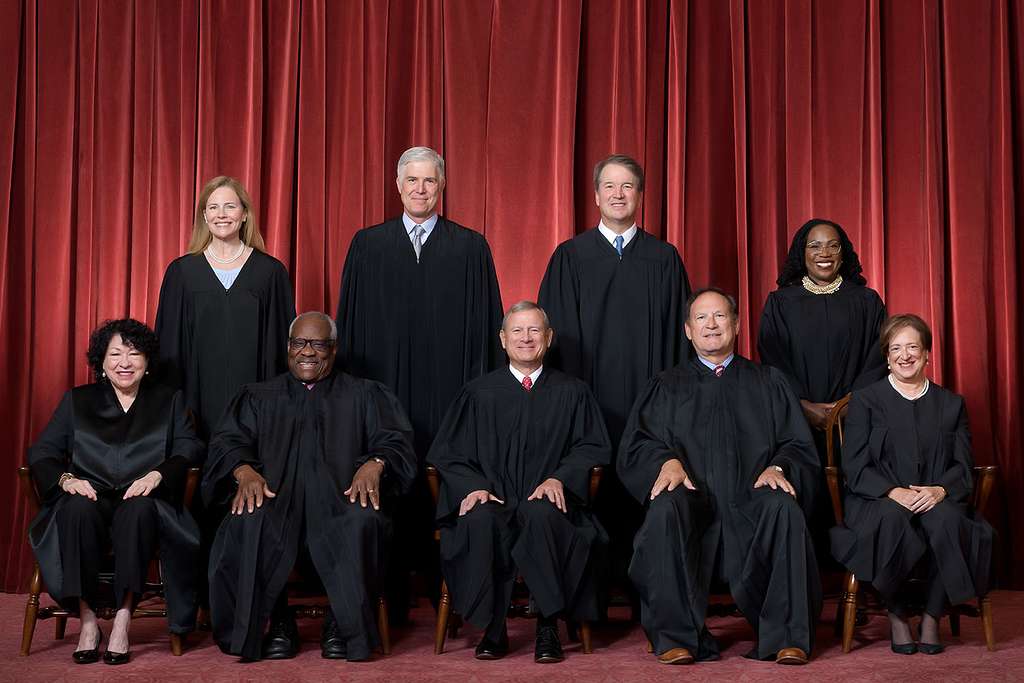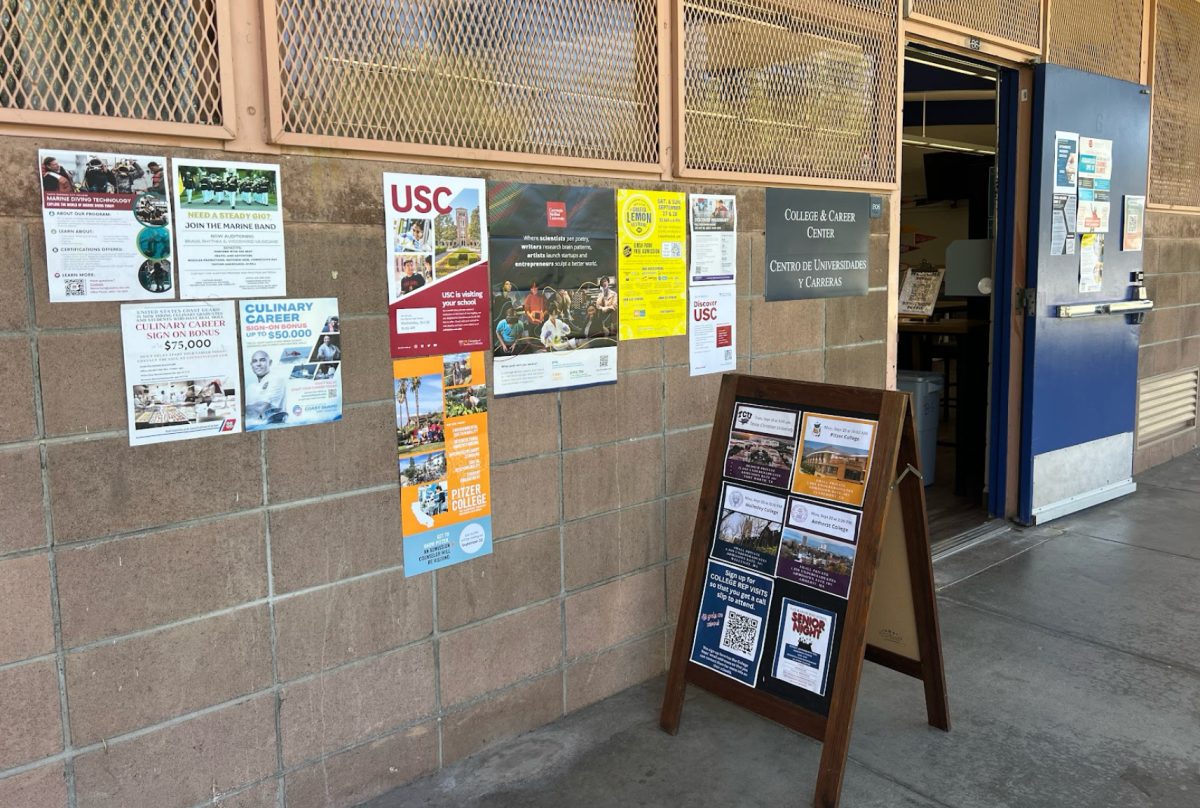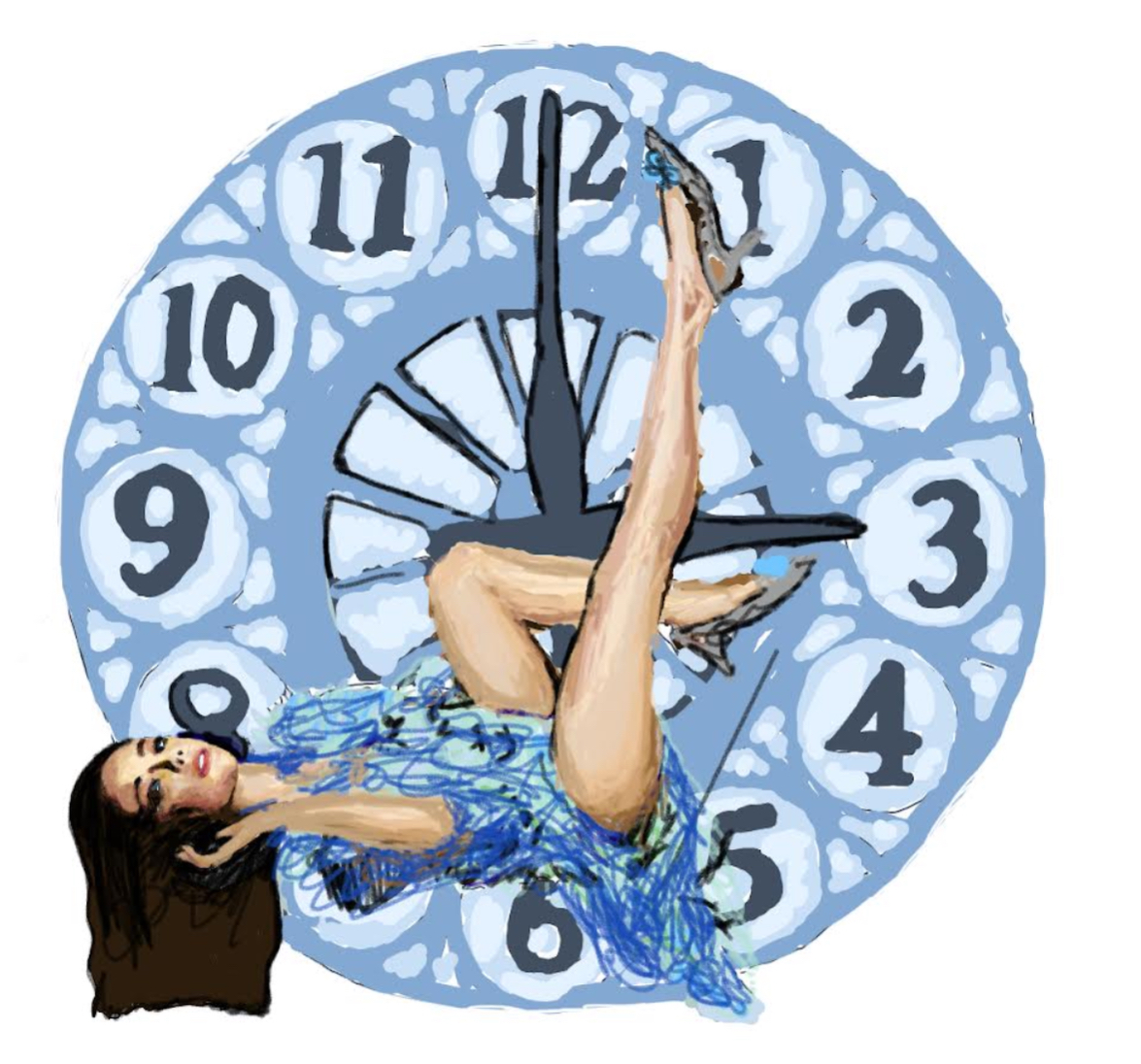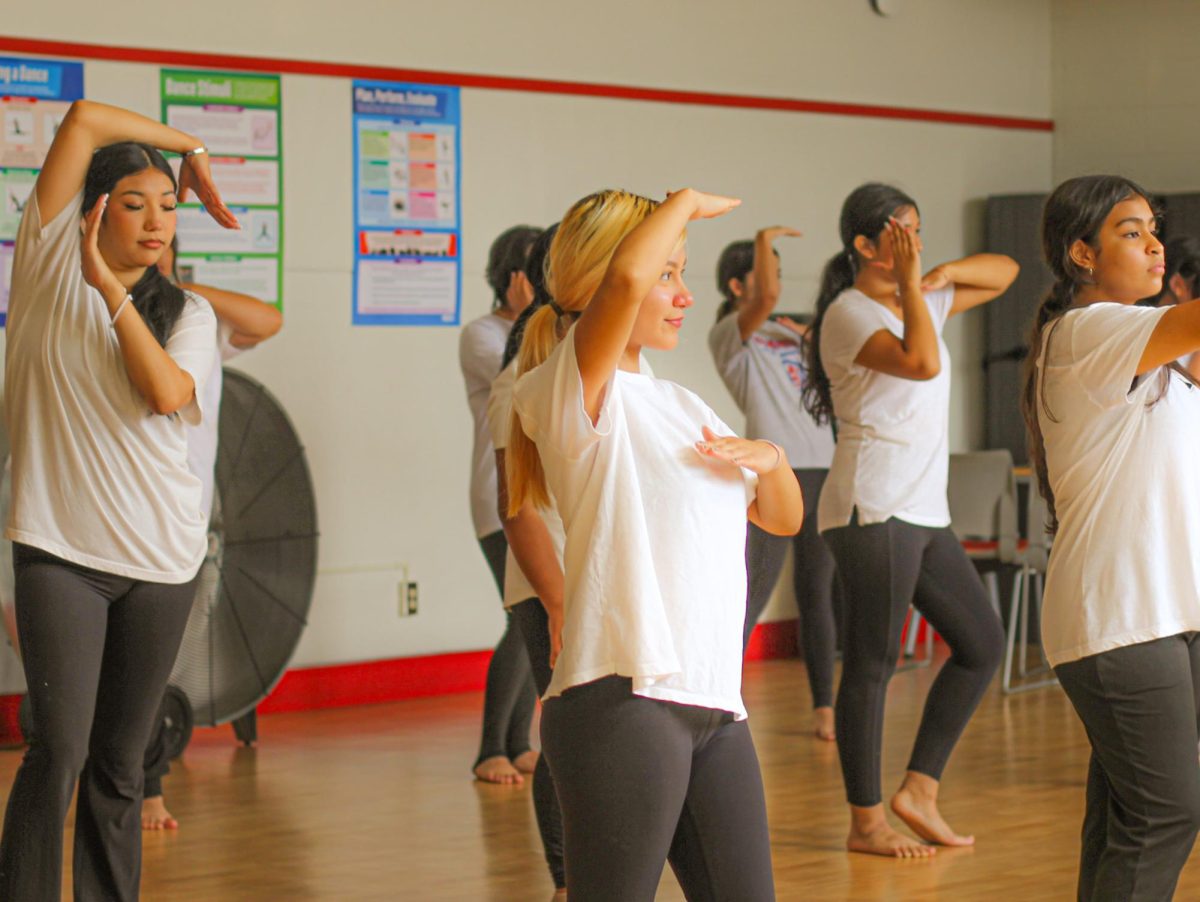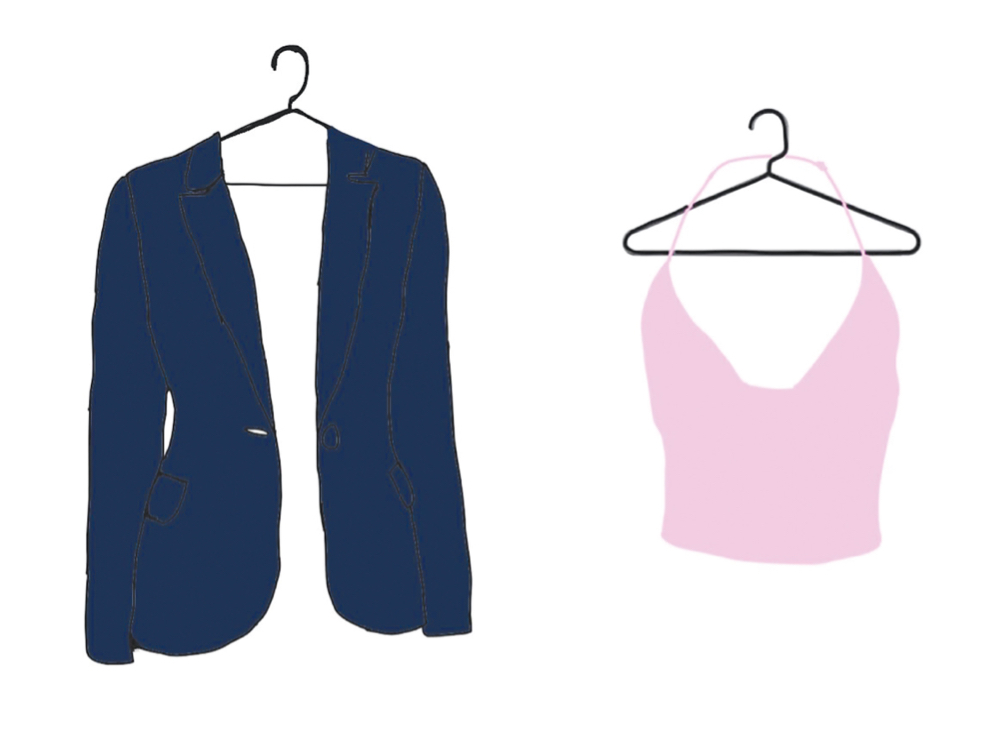ARIYANA HALEY
Opinion Editor
As the class falls into silence, I look away from my book in boredom. Everyone is stuffing their noses in pages, the walls are turning fuzzy, and maybe I should be getting some sleep? Except one thing catches my attention, causing my eyes to burst open. Two people walk into my English class; a tall boy with pants far below his groin, and a girl with a skirt short enough to show something far more personal. This is not the correct attire for school. Although school is a very social environment, that does not take away the professionalism that is supposed to be induced within an educational setting, and wearing clothes that reveal private areas and extra skin does not fall into the category of professionalism whatsoever.
For years, teenagers across the country have fought to loosen the restrictions on how students should dress. You’ve seen it on social media, in articles and news channels — stories of girls and boys getting sent home to put on a sweater in 90 degree heat because their tank top strap is less than three fingers wide. Almost everyone should be reasonable to say that wearing a tank top or a crop top isn’t a problem (especially because we live on the southern west coast. Gets hot here ya’ll).
In the Santa Barbara district however, the demands of a dress code are low compared to other school restrictions, the restriction being that the clothes can’t distract from learning. Is that even a dress code? Boys and girls have been taught since elementary school about wearing belts, not showing underwear, covering chests and wearing the right shoes: but I’ve yet to see anyone criticize the hundreds of students who dress like this daily across all three high schools within the district. Boys lower their sweatpants and show a sweaty v-line, girls put on tops so short that all you see is cleavage. Is this really okay?
It is not just the students who have stretched the so-called dress code — the teachers as well. Not so long ago, teachers at San Marcos did have a more demanding dress code. Staff were supposed to wear professional clothing — men to wear formal collared shirts, and women to wear frocks or dress pants — but over the years, it became clear that teachers were letting more and more students pass with wearing anything, and thought that they too could transition into a more casual attire. Now teachers are seen wearing jeans, flip flops and graphic t-shirts. The decrease in professionalism goes for the workers in Santa Barbara just as it has for the students.
But even with teachers becoming extremely casual in their workspace, there has never been a time when I have caught a teacher wearing less than a shirt, heck, I barely see them wearing shorts. But the extent to which so many students will go wearing overly provocative clothes is beyond astounding. How have we let this happen? Perhaps I’m dramatic, or a fool, or both. But I stand true to my original claim, and may I intrigue you again, my reader:
Once, I walked into the school bathroom. There were about three girls in line and one girl in front of the mirror. The girl in front of the mirror was patting makeup on her face, and I looked down at her crop top. To say it was a crop top would even be an exaggeration. She was only wearing a push-up bra — no jacket, no additions, just a bra. I suddenly became conscious of myself and everyone around me, but really, all I could think of was what her parents thought of her outfit.
If my article hasn’t pissed you off already, maybe this will — yes, it is distracting! When classes become dull, when the hallways are busy, when you’re on your way here, these choices of uniforms catch your attention. Because no, it should not be normal to see people as young as fifteen years old half-naked everyday, in front of grown adults and premature teens. We all notice it, and whether you agree with me or not, I don’t like guys’ crusty cracks popping out from their behinds, or seeing girls underwear pop out of their short skirts.
There is nothing wrong with dressing cute or within your fashion sense. If you love a style, you should be allowed to express it! There are so many fun genres of dressing up. But there are limits to everything, and if you prefer to be near nudity than mostly clothed, then maybe you should reconsider how you dress for school.
AURORA IVANOVA
Editor-in-Chief
Picture this: you walk into class wearing what you wear every day, reflective of the popular fashion at San Marcos High School, but today is different. Your teacher calls you up and sends you to the office because your choice of clothing has now been deemed inappropriate. You may be confused because the way you dress has never impacted your learning and seems relatively irrelevant in the relaxed San Marcos atmosphere.
In a country where students fear going to school, struggle to keep their grades up, and have a record of chronic absenteeism, dress codes seem trivial in light of far more serious issues.
Formal fashion is losing popularity in all facets of life, not just high school. According to a Monster survey conducted in January 2025, 61% of respondents with dress codes report that those dress codes have become more casual recently. Personally, I think that this is due to younger generations placing less emphasis on traditional standards of formality, from attire to workplace demeanor. Focusing on the way teenagers choose to dress for school is not only a waste of time, but it will also inhibit students’ ability to express themselves. Going to school isn’t just for education; school is one of the most important social events in teenagers’ lives, and not being able to express themselves because of a strict dress code will do more harm than good.
There is no question that certain parts of a dress code are useful, such as banning open-toe shoes for elementary school, banning gang-related clothing and accessories, or drug/alcohol propaganda. These dress code rules make sense because they directly pertain to ensuring the safety and well-being of students. But focusing on whether or not someone’s top, skirt, or pants are too low doesn’t promote safety; instead, it promotes shaming people for their clothing- a personal topic tied to other sensitive topics like body image and low self-esteem.
Now, some of you may bring up the point that certain items of clothing are too distracting, specifically that girls’ clothing choices are too distracting for boys. To that point, my response is- really? Calling the human body distracting is not only insulting, but also plainly not true. Pushback against sexist dress codes has existed since the 19th century, with it gaining social media attention in the 2010s. To say that certain clothing choices will hinder certain students from focusing is blatantly setting them up for failure. If people are unable to focus in class because of how someone else chooses to dress, then how are they supposed to function in the real world, where people are able to dress however they want and as provocatively as they want? It is naive and unfair to decide that because some people are unable to keep their composure, others have to cater to their unreasonable needs.
I will admit, sometimes walking around campus, I will see someone dressed in something that I think is a bit too revealing or not my taste, but as fast as the judgment appears in my head, it disappears because how other people choose to dress themselves has no impact on my learning and is none of my business.
High school is a time for people to experiment with their fashion sense and personal taste; if that means making bad fashion choices or wearing something revealing or unflattering, then so be it. This is the best time to make fashion faux pas, as you get older and enter the professional sphere, these mistakes get taken more seriously. Unless someone is disrupting their class because their private regions are exposed, causing someone stress or embarrassment because of their outfit is unnecessary.
San Marcos has changed many things this year, like implementing hallway sweeps, cracking down on the phone policy, and trying to improve attendance. These changes have been controversial among students, yet they are all within reason, despite the fact that they may be annoying. All of these rules ensure a safe and organized learning environment, which is very different from a dress code focused on a conservative style of dress. Creating a stricter dress code would just add to the list of new restrictions and would upset students even more. A strict dress code is not necessary; it does not impact learning, in fact, it just feels like a tactic used to control students.
Discussions about dress codes have been around for a long time and will probably continue being discussed for years to come, but the answer will always be the same. Dress codes have very little function, promote body shaming, and cause a sense of unease and awkwardness. Creating a dress code for San Marcos is not something that needs to happen for the overall prosperity of the school and students.


